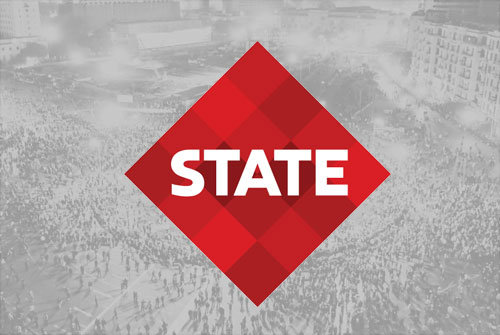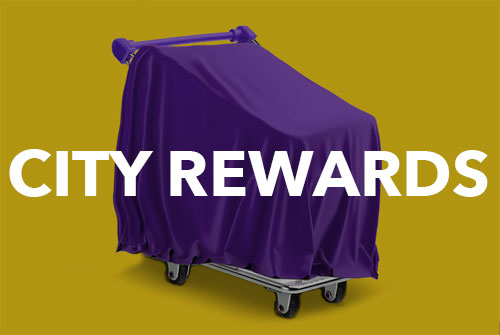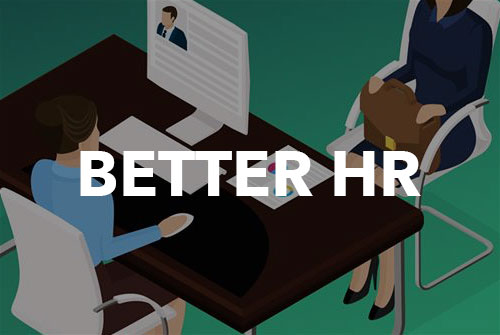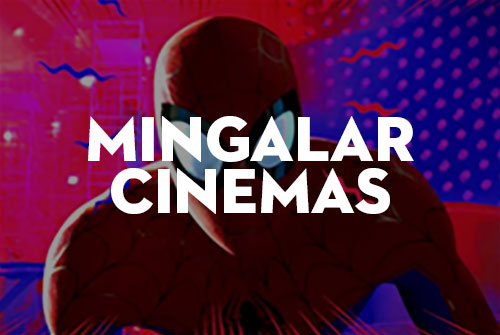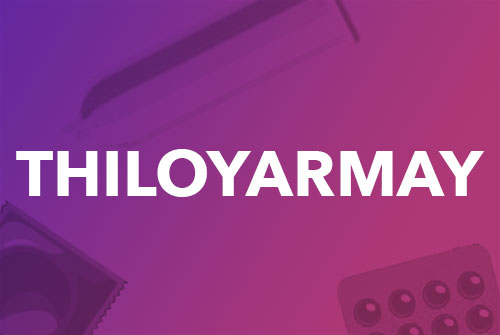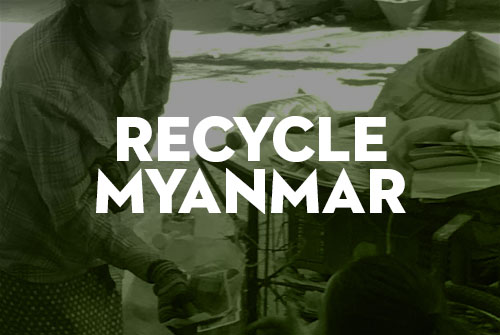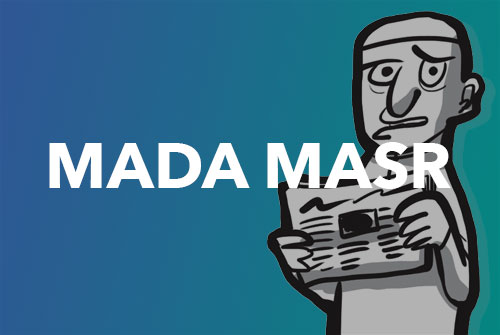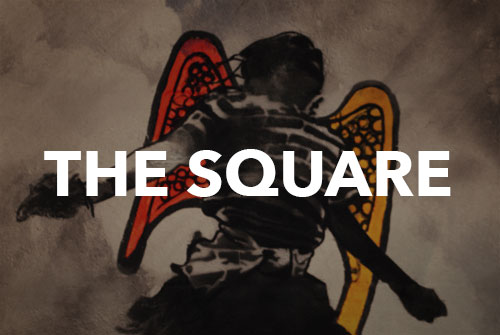
Nexlabs is one of the best tech and advertising agencies in Myanmar. I met the CEO Ye Myat Min late one evening after I’d DMd him on Instagram telling him he should hire me. I described how while living here I’d been happy freelancing for clients around the world but now wanted to work locally, make a bit of an impact, and to train designers to think more critically about user experience and product design. He spoke about his vision to deliver great work and raise the level of tech work in Myanmar, to create great products and grow as a training ground for the next generation of creators. I figured he was far more suitably positioned for that than I was, so I gave him me for a couple of years.
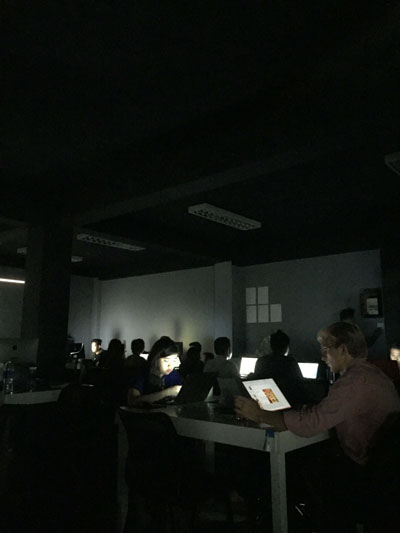
Myanmar’s tech/design industry is young but growing fast. The majority of the country really only came online a few years ago, when people got affordable SIM cards and after many years of restrictive practices. In 2007 I’d seen the kids in internet cafes using VPNs to get around the government firewall and it had made me very happy. Coming back in 2013 I discovered a ton of young people teaching themselves to code and making shit happen, which made me even happier.
Nex had the best. Some were repats, having trained in Singapore or elsewhere and returned; some had somewhat dubious training at the local tech colleges; many were self-taught and glorious. Some of my favourite designers and illustrators I’d followed for years were working there and I was a little bit in awe. Most in their early to mid twenties, I was “honoured” during a Thadingyut festival celebration as the oldest person in the room, which was great.
While there was obviously a lot of talent in the room, the industry as a whole wasn’t mature — things like product design thinking, taking an agile approach, research-based decision-making or even standard UI/UX best-practices weren’t often understood or desired by clients. Typically, the team would work hard to give the client what they asked for, rather than making sure it was the best possible version of what the client’s customers wanted. And because of that, the experience the team was getting wasn’t necessarily helping them grow.

I was hired just to help out a bit. There aren’t many trained/experienced UX people in Myanmar, or SE Asia in general, and Nex had used foreigner UX designers before — their role had usually been to do the planning and then hand over to the rest of the team to do the implementation.
I don’t think that works, so we created a dedicated UI/UX team and started working towards a more integrated client/agency partnership where a broader multi-disciplinary team would have input throughout.
We got designers and coders into early meetings with clients, rather than just the sales team. I ran training sessions on how to take a brief — don’t treat it like a list of instructions, but as an invitation to ask about their business, their target audience, their goals. To take a step back and consider the wider picture, to soak up all the ingredients to a project, to go meet and understand the people the product aims to reach, and to synthesise everything into some solid ideas backed up with research findings.
Each team member had their strong and weak points — it was a favourite exercise of mine to hide away every few months to write them a document for where they were rocking it, what needed more attention, and if there was anything that was a real problem. We’d sit at a terrible coffee shop and talk it over, figuring out how I could best help them and what they’d commit to.
I took a similar approach to hiring, probably spending too much time with each, trying to identify their capabilities, attitudes and eagerness to grow. The latter quickly became my number one requirement — in a context where parental and societal expectations have such a strong influence, finding people with a pursuit of personal excellence was key.
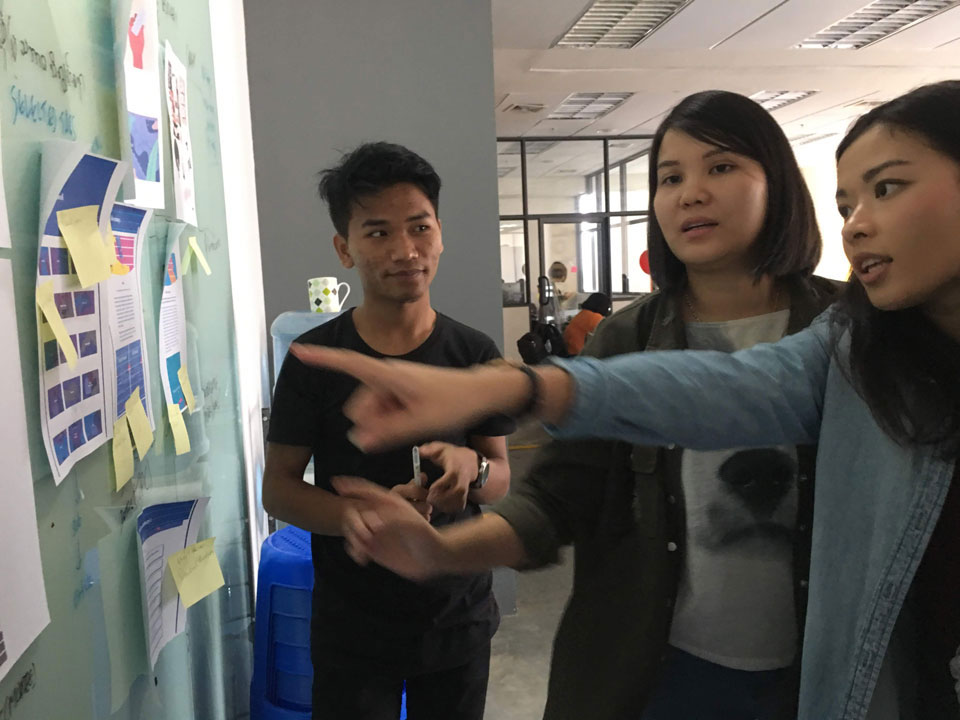
I think it’s fair to say that Myanmar’s education system doesn’t prioritise developing critical thinking, or indeed confidence, and asking team members to talk directly with clients about their ideas, to present and defend, to listen and synthesize — it’s a long process. But a human-centric design approach fits well here, and empathetic research-based design decisions were often found in enlightening research trips and group discussions. Making sure our arguments were based on the needs of others kept everyone’s attention on the important things and away from personal preferences.
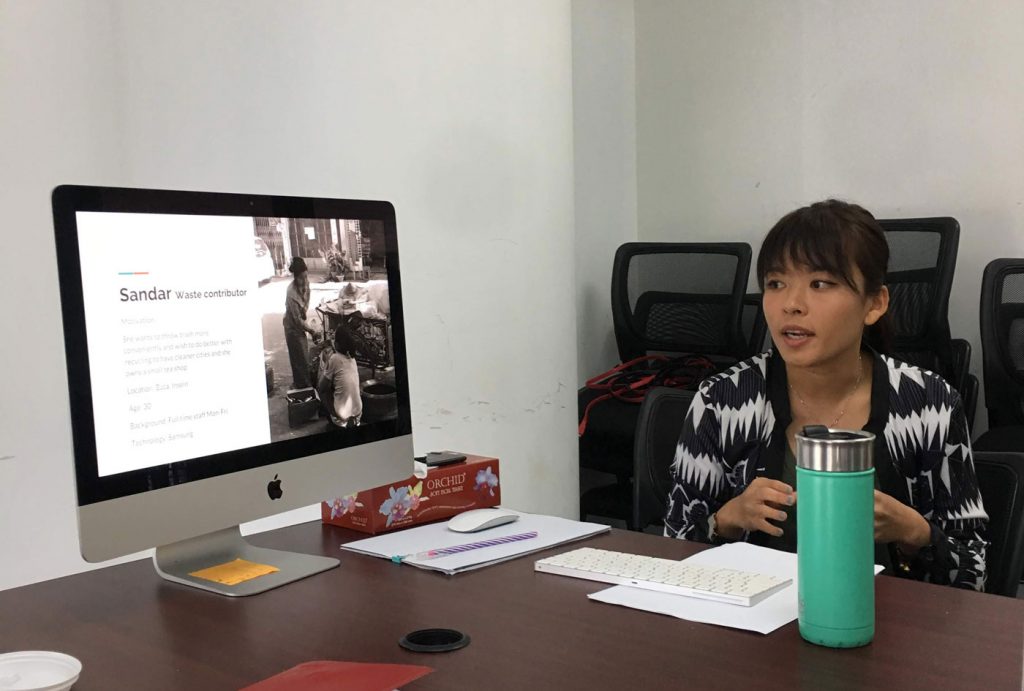
As always in design work, clients often had other ideas, and the process of working through persuasion and debates was … fascinating. Myanmar has a very strong sense of treating people in charge with honour, and I was asking my young team members to challenge them. This sometimes worked and sometimes didn’t — we tried to make sure that by identifying their core motivations early on, and those of their intended audience, we could begin all our pitches and presentations with shared goals in mind. Sometimes team members got frustrated at clients ‘not getting it’, and sharing their reasoning behind design decisions wasn’t always terribly convincing. We’d talk about it afterwards, dissecting how we might have done better, and sometimes we’d just talk each other into coming to terms with the client’s smackdown and get back to work.
It was growth. And we got better the more we worked. Seeing the team come alive like that has been one of my favourite experiences.
Cross-team collaboration distilling research findings, as told in Facebook stories from team members. I do love them so.
We got to work for the biggest banks in the country, the biggest supermarket chain, the biggest cinema chain. Anything where customers were prioritised, we became the go-to agency. We got to help entrepreneurs validate their ideas through research, implementation and launch. We got to make our own products and see them mature, uniquely appropriate for this market.
Not everything was great, we messed up quite often, and budgets available often didn’t allow us sufficient time to explore or iterate. Myanmar’s economy didn’t have the sustained increase in investment everyone was expecting post-election, and we struggled to persuade clients of the need to invest in first-hand research or actual user feedback on which we could iterate. We sometimes took a punt and did that work regardless, and those are the projects I look back at with most pride.
To begin to have those conversations in a country where the internet has really only just started, it was a dream. To see my team carry on leading that charge on their own, a dream come true.

